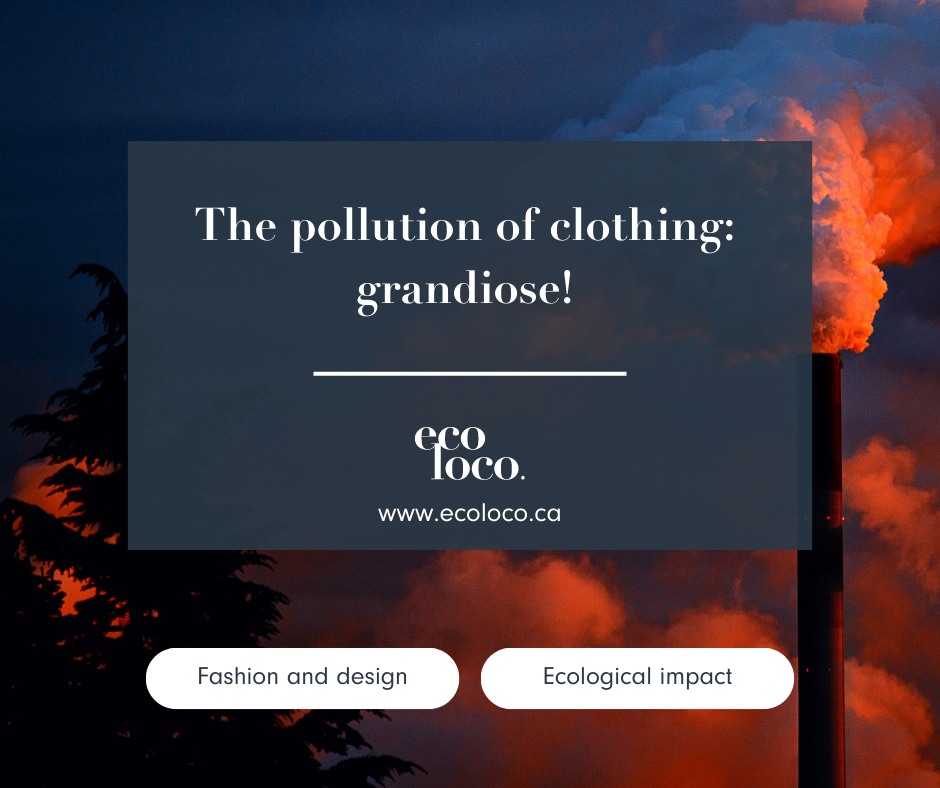
Globalization and ''fast fashion''

Although difficult to assess, the clothing industry is considered to be the second most polluting industry in the world.
Every year, several million tonnes of textiles are dumped in landfills. Globalization is making ever-lower prices possible, so low that some people have come to believe that these are disposable products.
Today we speak of "fast fashion", the clothing equivalent of fast food. Over-consumption of clothing has a considerable impact on our planet. This pollution comes from the materials used, the means of transport used and the waste generated.
Ecological footprint
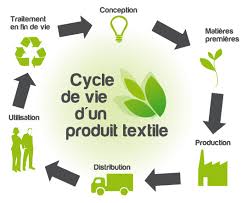
Every stage in the life of a garment generates an ecological footprint, which in turn can have an impact on human health.
Petroleum textiles

Let's take the most common manufactured textile, polyester, as an example. The raw material for this textile is petroleum, a non-renewable, polluting resource. It takes around 1.5 kg of petroleum to manufacture 1 kg of polyester. Dyeing this textile is also a chemical process. Processing and distribution are also energy-intensive, requiring considerable quantities of oil and water.
Care of the garment is also a factor to be considered in its life cycle. In the case of polyester, in addition to detergents, the textile releases plastic particles that end up in water bodies and the food chain.
At the end of its life, this textile is difficult to recycle, and when it ends up in landfills, it takes decades to decompose, while increasing soil toxicity. With the rise of fast fashion, demand for this textile has almost doubled in 15 years.
Natural fibers
These considerations are not confined to man-made synthetic fibers.
Take cotton, for example. One of the most popular natural fibers in the clothing industry, cotton can also have a significant environmental impact. After rice and wheat, cotton is the third most water-intensive crop in terms of irrigation.
This crop is often associated with extensive pesticide use. In the United States, the world's largest cotton exporter, cotton cultivation accounts for almost a quarter of domestic pesticide use. Once harvested, the fibers are washed and bleached with chlorine, which also has harmful effects on the environment.
Finally, although many alternatives exist, most cottons are dyed with lead and chromium dyes, which are widely recognized as toxic.
Satisfying a need?
Walking into a shopping mall and observing all the people there, you can't help but wonder whether each and every one of those present has a real need to satisfy. The answer is certainly easy to assess: no, most of them aren't there to satisfy a need, but rather a desire.
Shopping, window-shopping and buying clothes is for some a real pleasure, even a real drug. However, not frequenting these temples of consumerism is also good for you, and not buying like everyone else in identical chain stores around the world will make you more original.
Let's give ourselves a hand
So what can we do to satisfy our clothing needs while reducing our impact? We reduce the quantity of our purchases, favor local purchases and organic, low-impact textiles, wash only when necessary and air-dry.



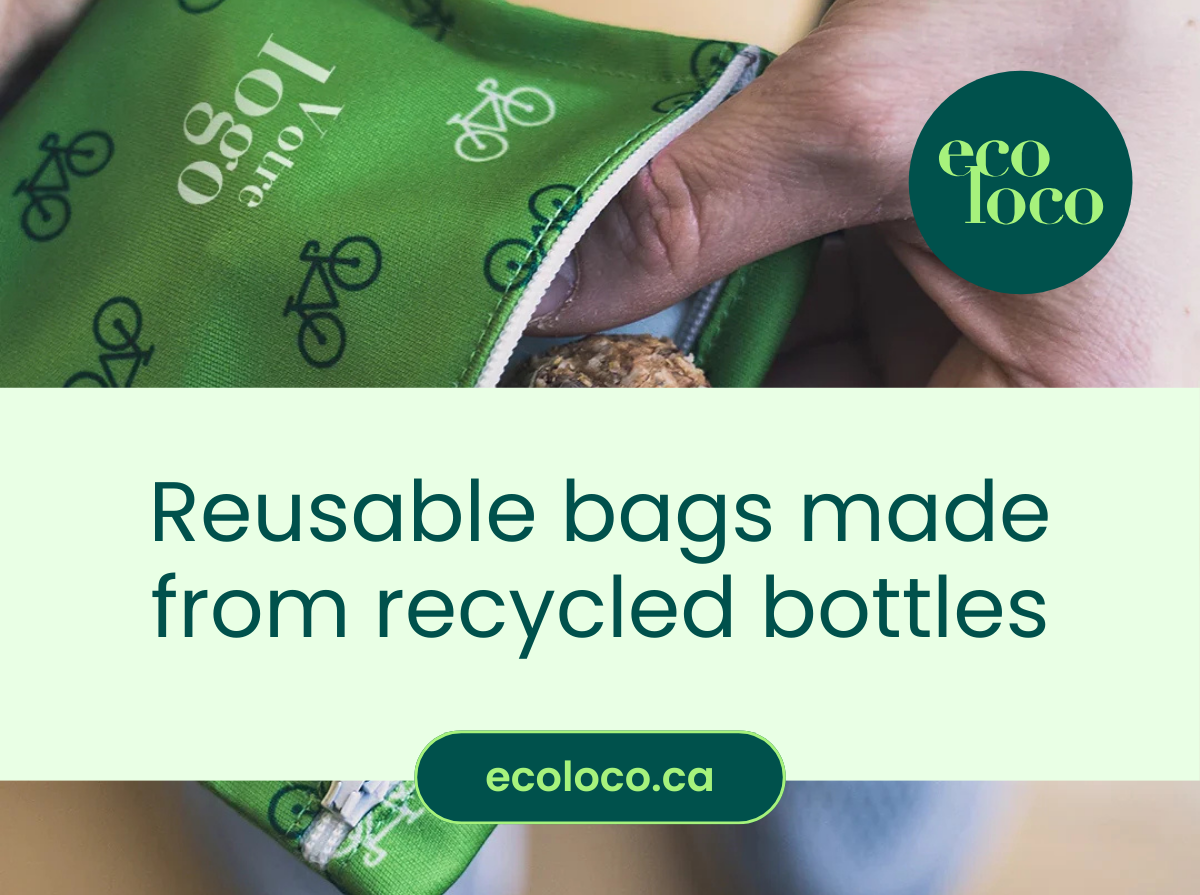
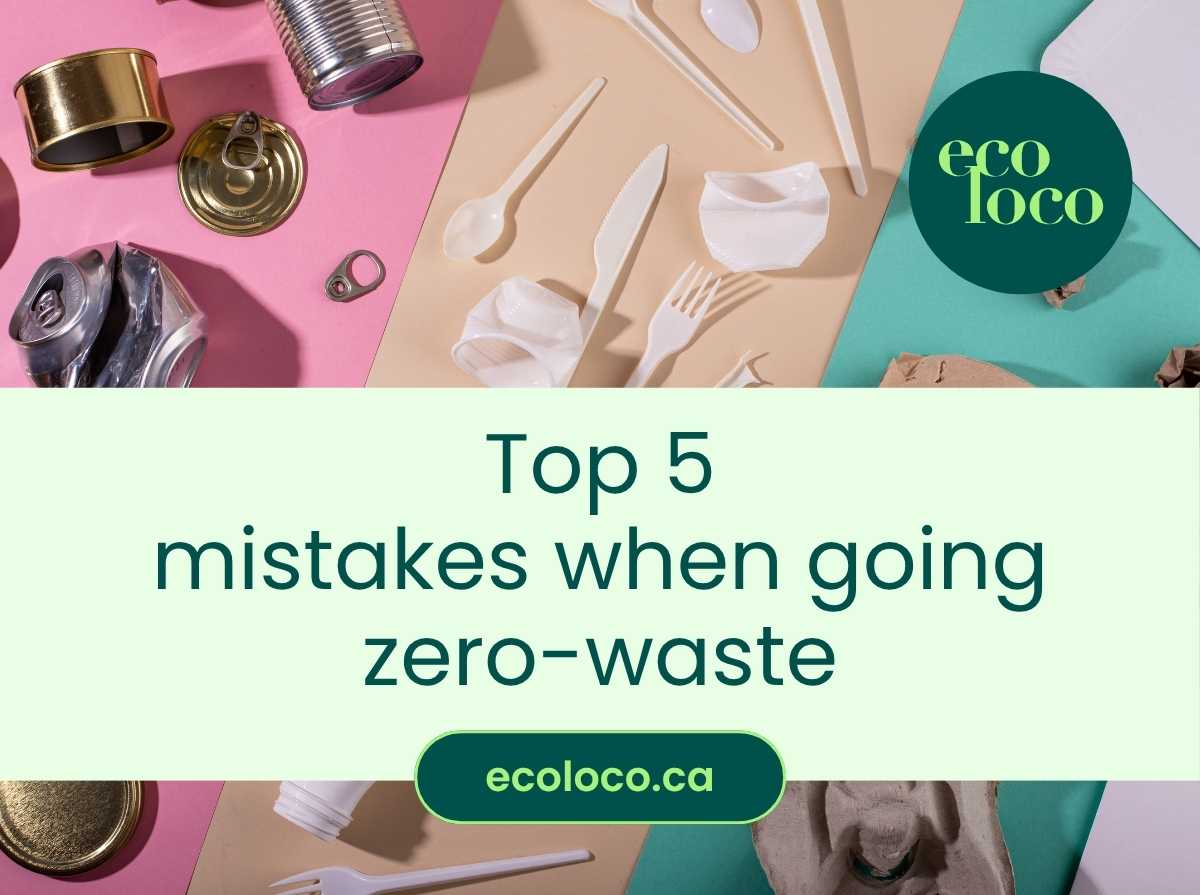
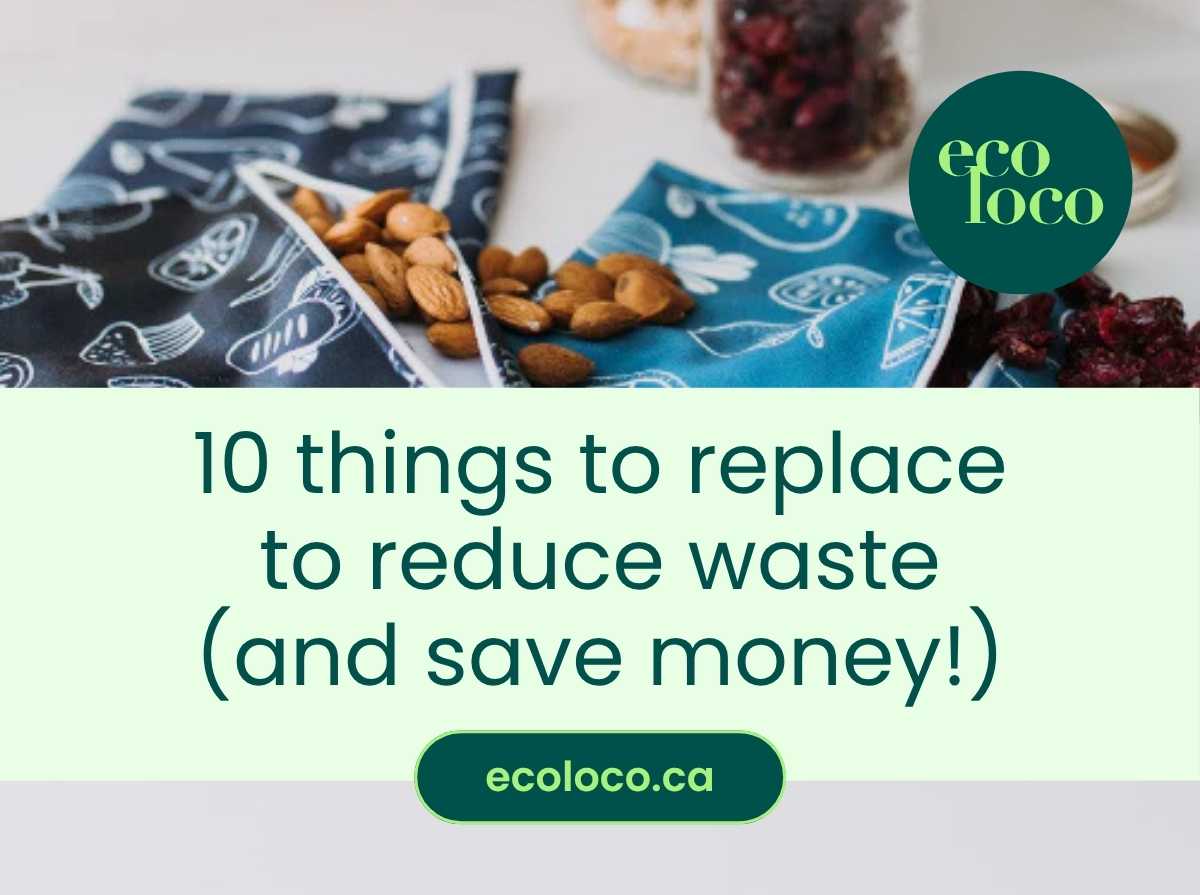


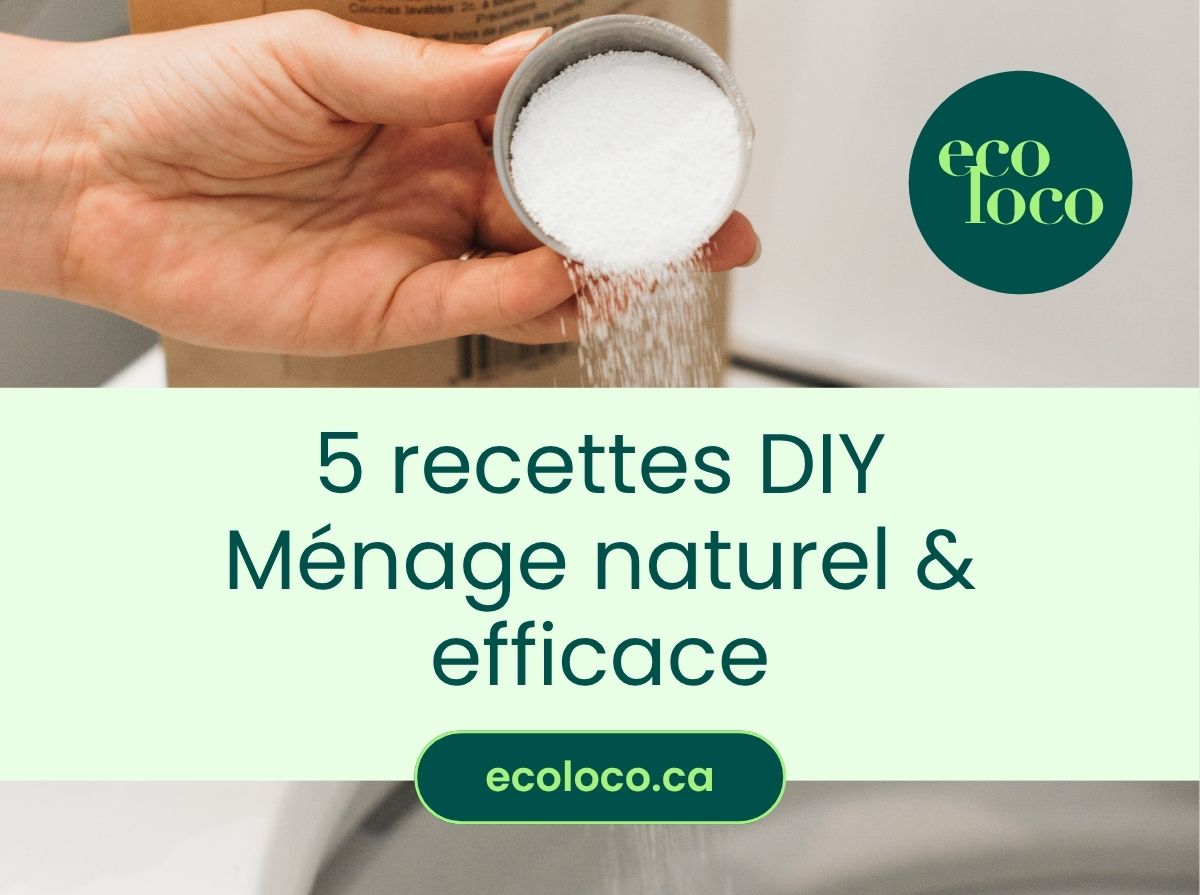

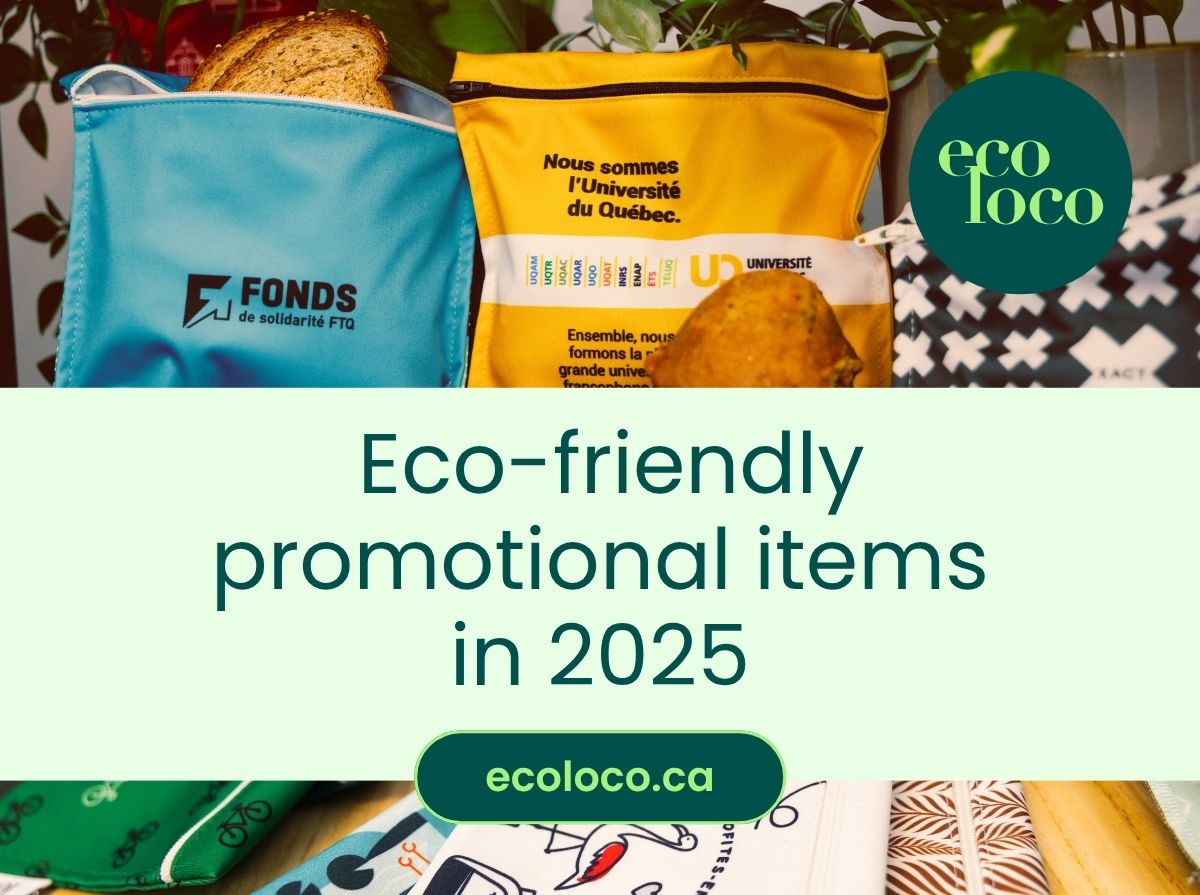

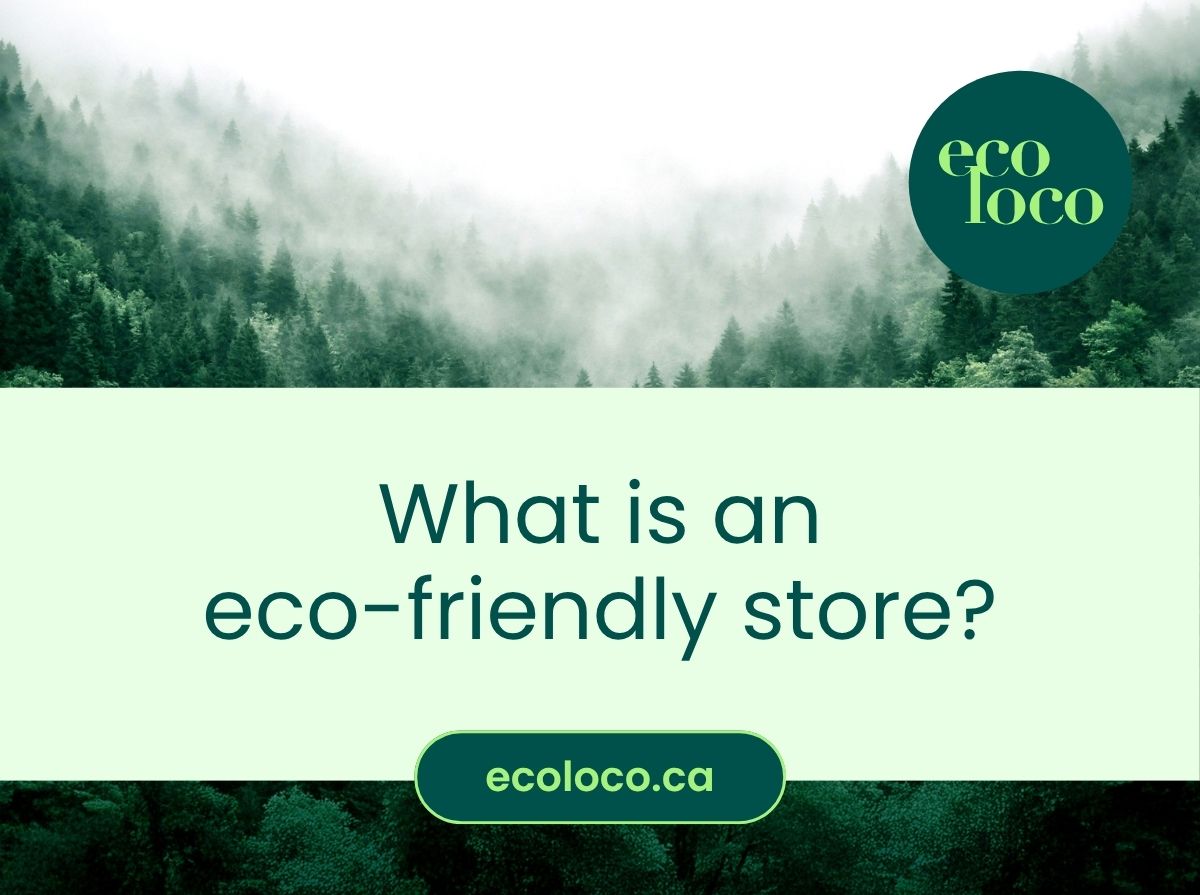
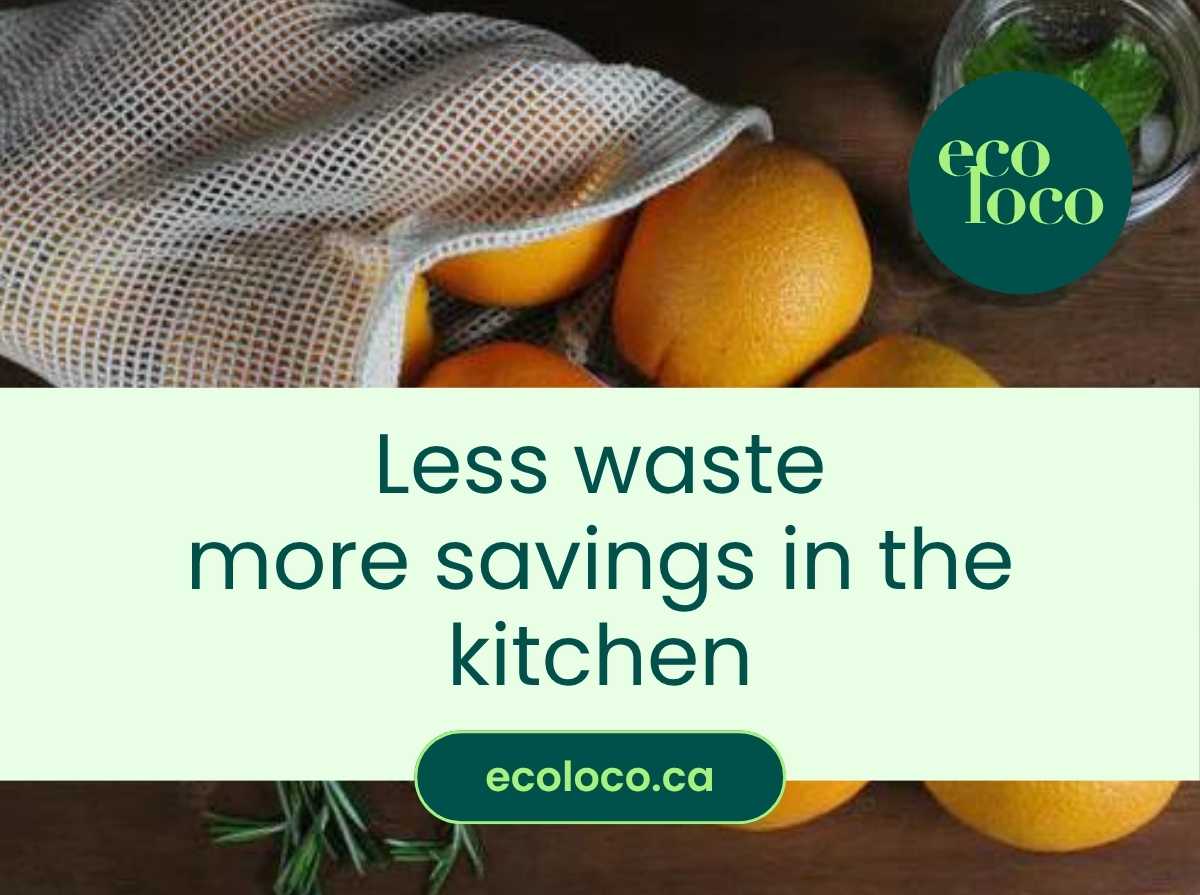
0 comments